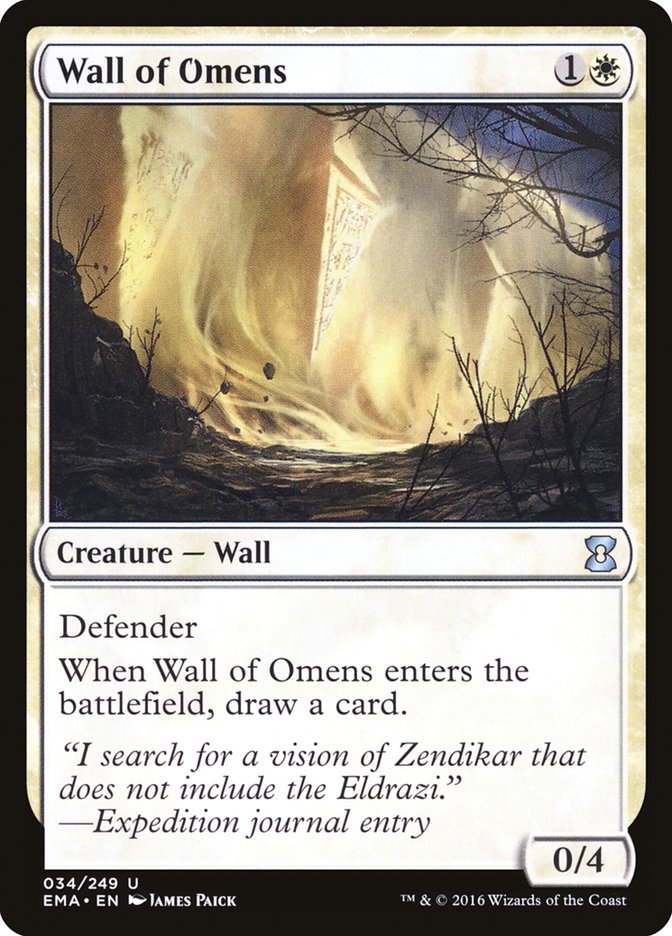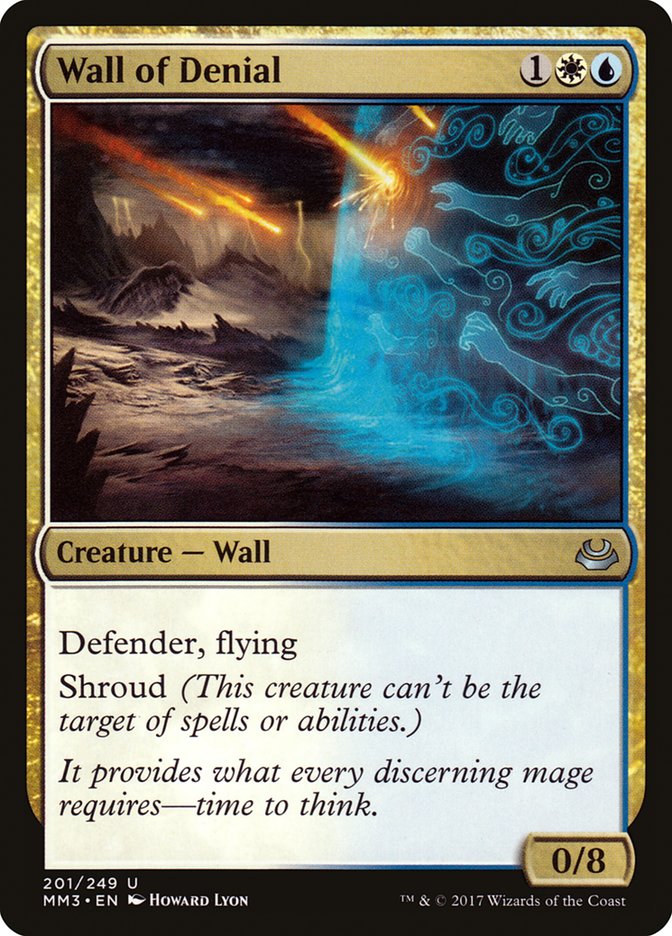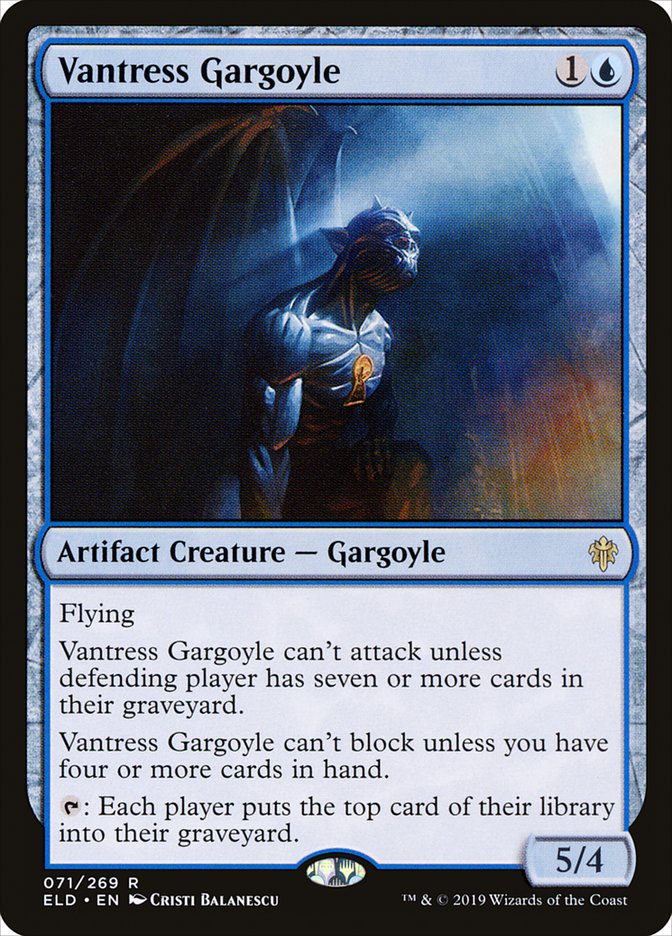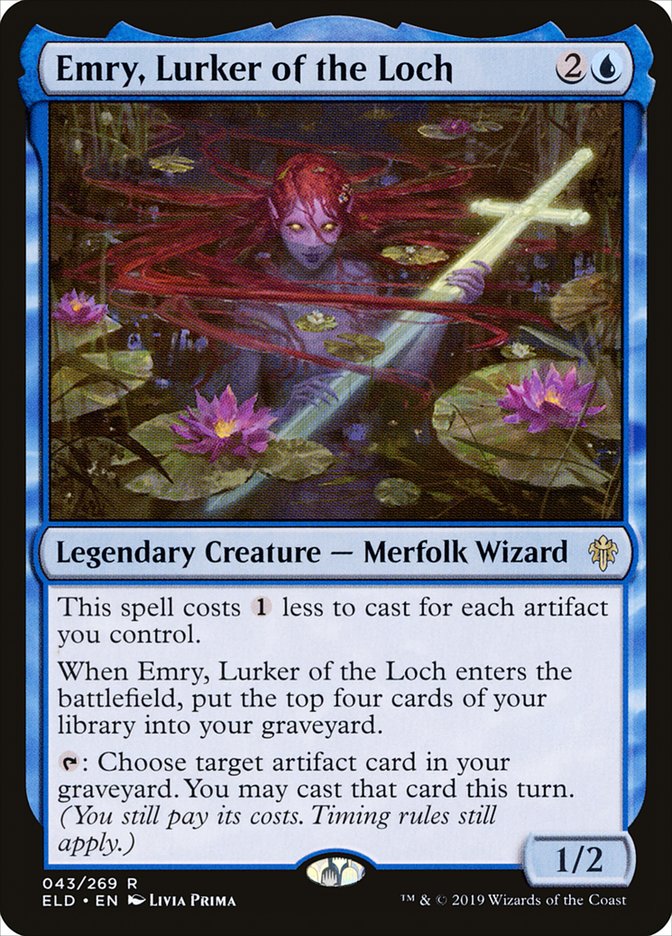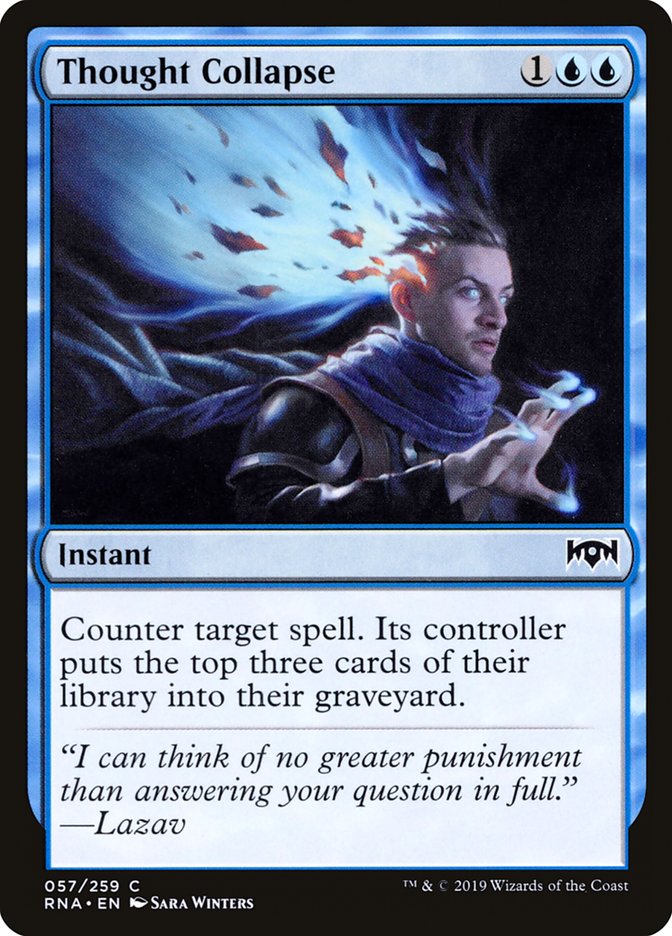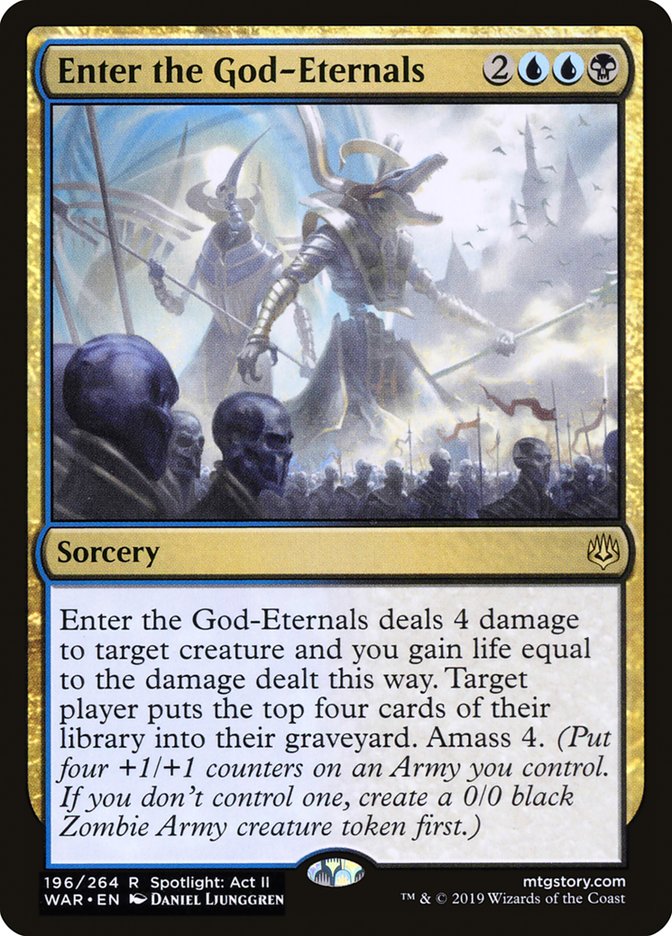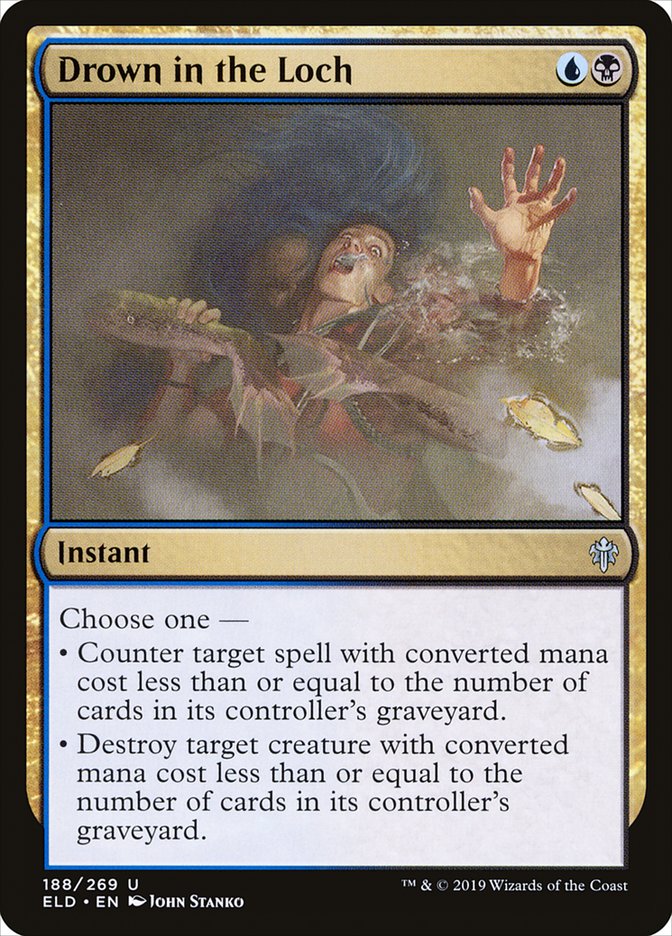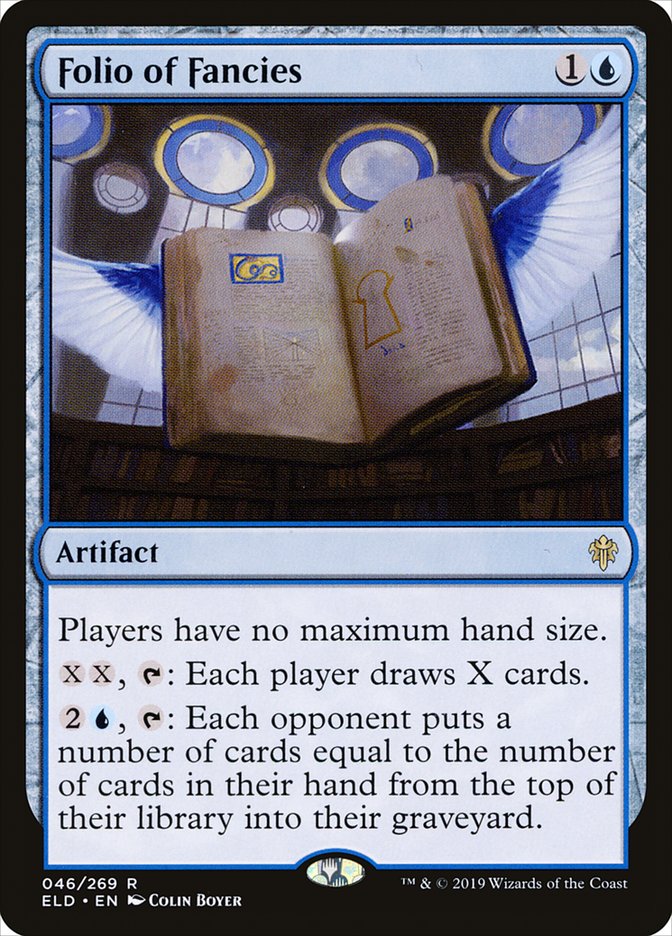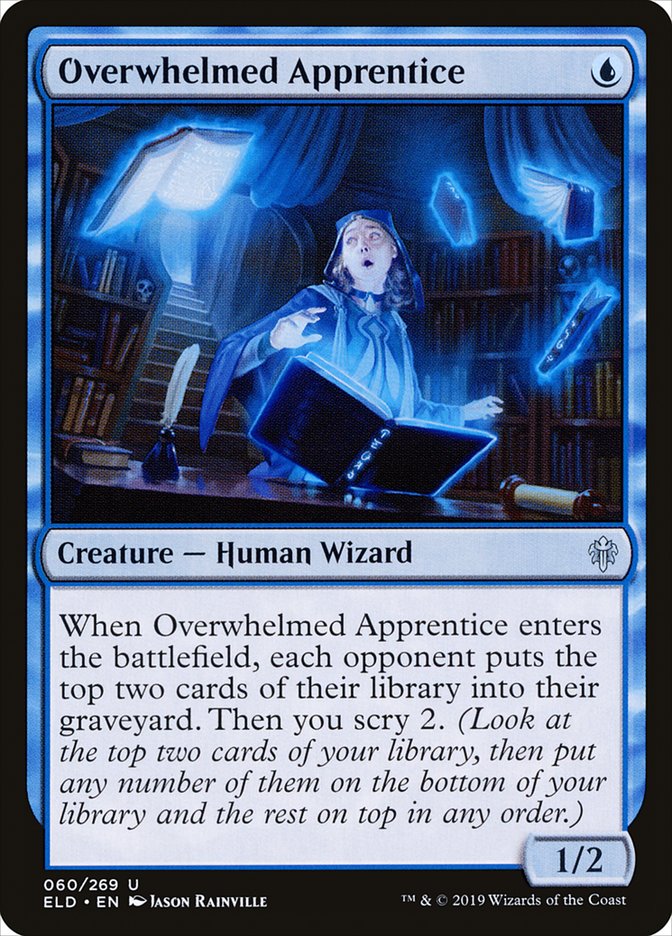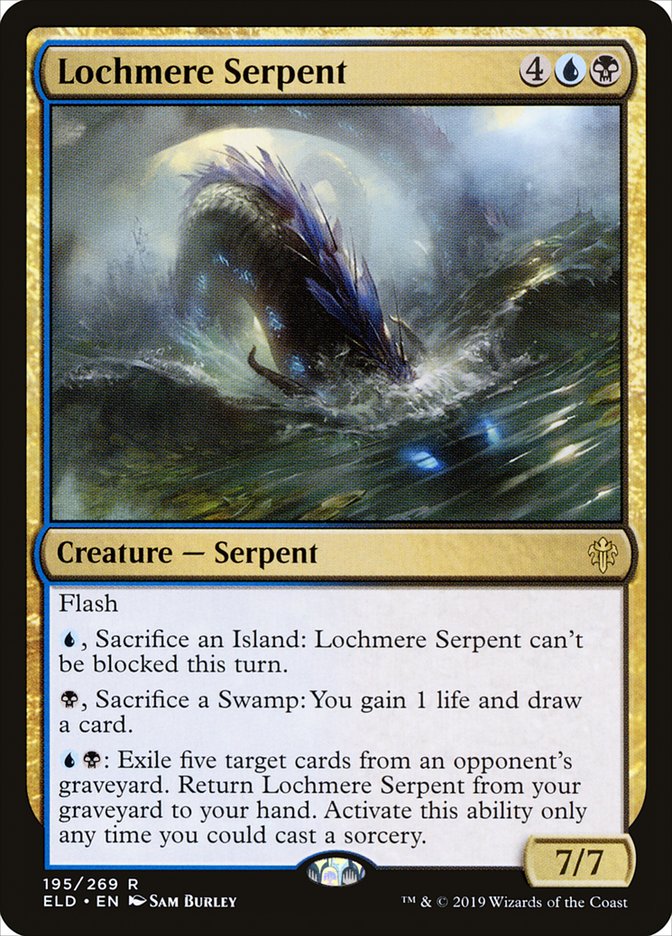Constructed Magic hasn’t been historically kind to creatures with defender.
Walls are usually too narrow to be justifiable inclusions in Standard decks
and aside from those that tap for mana, creatures with defender have been
sparsely played in constructed.
The above walls were really pushed but also benefited from the context of
the formats they existed in. Wall of Omens existed in a format where there
was a premium three-power creature in Bloodbraid Elf and a premium
four-mana planeswalker that needed protecting, Jace the Mind Sculptor. It
also cost the low price of two mana and replaced itself upon entering the
battlefield. Wall of Denial saw occasional play in Standard, as it was
essentially a removal spell that scaled up to their best attacker
throughout the game.
Vantress Gargoyle is a different animal than your conventional wall. It
doesn’t actually have defender but in most Standard situations it will be
able to block on Turn 2 but not be able to attack. Usually you’ll have four
cards in hand on Turn 2 when Gargoyle comes down and it’s extremely
unlikely that you’ll have an opponent with seven cards in their graveyard
on Turn 2. In the early game, Vantress Gargoyle is a two-mana 5/4 flying
wall. This is worse than a two-mana 5/4 flying threat but certainly still
valuable. The best cards to support it are those that have a mill function
or a cantrip function but provide some other utility.
Teferi has been everywhere throughout his tenure in Standard. I would be
remiss to overlook his utility here, though. Vantress Gargoyle does a great
job of protecting your Teferi after a -3. The -3 ability is great in this
theoretical strategy because it nets you a card to ensure you’ve kept
yourself at the requisite four or more in hand. When a card has a wide
swath of applications and functionality in current Standard and is also
able to make the cards in your deck better, its inclusion is a slam dunk.
Emry has been touted for its busted applications in Modern Whirza but it’s
also tailor made for a deck with Vantress Gargoyle. Gargoyle helps to make
Emry cheaper while also self-milling to create a better range of options to
recast with Emry’s tap ability. Casting Emry does put you down a card but
it’s simple enough to recoup that card on later turns. Also, the math is
such that you’ll still be able to block on the play if you kept seven cards
to start the game. You can block on the draw if you had six or more cards
in hand to start. Emry has a relatively small body for its cost and doesn’t
have an immediate impact on the battlefield so the fact that you have a
huge flying blocker to protect you while you set up is both intriguing and
comforting. Glass Casket is a nice removal spell that you can recast with
Emry that also fills the two-drop slot. You can block anything with your
Gargoyle and recast it with Emry on the following turn. Alternatively, you
can further develop your battlefield and recast it turns later when you can
attack and close the game in short order.
Unfortunately, we can’t mill ourselves to enable attacking with Vantress
Gargoyle. If that worked, Emry would be a stellar inclusion and help us
turbocharge our Gargoyles. Emry is still great and warranting inclusion but
we need to find a way to turn Vantress Gargoyles sideways. Aside from using
the activated ability for a slow ramp to seven cards, we’re going to have
to try to find some cards that mill the opponent and also have a realistic
effect on the game.
If we’re committed to multiple copies of Vantress Gargoyle, we might be
inclined to eschew the surveil on Sinister Sabotage in favor of the chance
to mill the opponent for a full three cards. It’s certainly debatable if we
actually want a Cancel in our deck at all, especially when you consider the
implications of clunky counterspells in a Week 1 format rife with cheap
threats and Teferi, Time Raveler. I’m convinced that the phenomenon of
“Week 1, Play Aggro” is irrationally aggrandized in the internet age of
constructed Magic, as Magic Arena breaks the paradigm of nobody operating
with information or experience since most people have had five or six days
of experience with new cards before they play an event these days.
Nowadays, you have five weeks before the Mythic Championship! This kind of
time was previously unheard of when the schedule was different. Regardless,
Thought Collapse is a defensible way to enable the attacking side of
Vantress Gargoyle.
Now this is a way to mill the opponent that has plenty of real value as
well. I love the idea of playing a reactive deck that can create large
threats to block, pressure planeswalkers, and close out games. The mill
effect on Enter the God-Eternals is subtle, as few people play the card for
that reason, but it’s a fantastic inclusion in a Vantress Gargoyle deck
because it does so much and happens to mill the opponent. You can even mill
yourself if you’re playing something like Emry, Lurker of the Loch.
Emry and Vantress Gargoyle provide a nice base for a deck based around
graveyard and artifact synergies. Throne of Eldraine has a few
solid support cards for such an archetype that might not be as obviously
good as Gargoyle, Teferi, and Emry are and I think it’s worth pointing out
what some of the other inclusions might be.
Drown in the Loch is really powerful but has a fairly high barrier to
playability since you need to be able to reliably place cards in your
opponent’s graveyard. Now, there’s plenty of cards that do this well but
like I mentioned earlier, they’ll also need to be able to affect the game
in some other way because mill isn’t our win condition. We want to be
milling incidentally to make our cards better. Enter the God-Eternals and
Thought Collapse do this well. Thought Collapse, in particular, on Turn 3
sets up a pretty versatile Drown in the Loch on Turn 4 which also lets you
double spell quite easily in the midgame.
Folio of Fancies is an interesting card. The card can enable an attack with
Vantress Gargoyle as early as Turn 4. It also doubles as a win condition
since it will ultimately deck the opponent if left unchecked. The second
copy of this card is a complete blank and the card is incredibly mana
intensive as well so I doubt you would want more than 1-2 of them in your
Gargoyle deck. Usually there’s going to be things to do that are more
important than milling your opponent on Turn 3 or Turn 4 but this is a
perfect card for late-game inevitability and also a great target for Emry,
Lurker of the Loch. I think we will see 1-2 copies in decks built around
these cards.
Overwhelmed Apprentice is the weakest card we’ve discussed so far. A two
mana 1/2 isn’t heinously behind the curve and scry 2 is certainly a way to
smooth out the draws and reduce mulligans as well as the number of lands
you need to play. Alternatively, you can play more lands and scry away
extras. Overwhelmed Apprentice turns Drown in the Loch on as early as Turn
2. If our Vantress Gargoyle deck is going to be good, we have to maximize
the power of Drown in the Loch and Overwhelmed Apprentice is at least
moderately good at that.
Lastly, a recursive threat that helps end the game is an important piece to
consider when we start to visualize what our Vantress Gargoyle value-mill
deck is going to look like. Emry and Gargoyle can provide card advantage by
milling a Serpent that you can recur later. Considering all the mill cards
we’re trying to play, it’s pretty easy to activate the recursion on Serpent
once, maybe even twice in a long game. I also really like how this card can
swing a game. It can win you games other cards can’t and is a great way to
take out huge creatures and opposing planeswalkers. I think a grindy
blue-based deck with lots of mill and the aforementioned artifact synergies
is a great way to build a “control” deck before the format is completely
defined.
These decks might prove to be very difficult to build correctly since cards
like Gargoyle and Emry put a ton of constraints on the cards you can
realistically play while also somehow affording you some luxuries with the
flex slots you can incorporate. One-of artifacts, things you can recur from
the graveyard, and random mill effects on efficient cards all make for a
powerful, albeit slightly unintuitive shell. I can’t wait to brew some more
decks with Throne of Eldraine!


